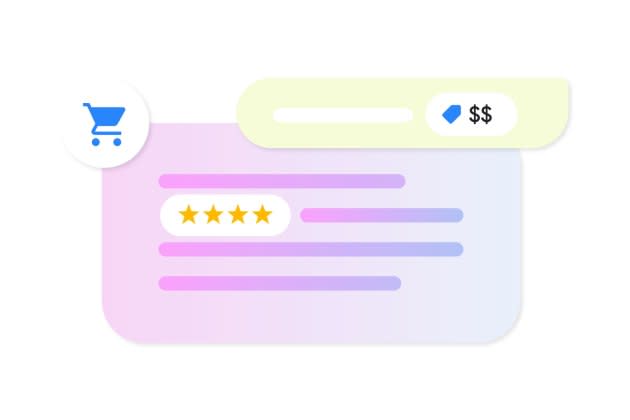Shopping With a Robot, Google Testing New AI-powered Search

Just when fashion started to get the hang of selling online, the whole process could be changing again.
ChatGPT might have pushed artificial intelligence to the fore — producing a collective panic attack in high school English teachers everywhere — but that is just the flowering of generative AI technology, which has been percolating up behind the scenes for years.
More from WWD
Now tech giant Google is applying it to shopping and will shortly begin to test what it calls a Search Generative Experience with a limited group of users through its Search Labs.
Google already has a huge online shopping business.
It doesn’t try to grab the sale the way, say, Amazon or Walmart do, but instead focuses on its home turf of search, connecting shoppers with what they’re looking for and sending them on to the merchant, collecting ad dollars along the way.
Google sits at a digital commerce crossroads that makes the test especially interesting as it has a tech leader putting a new technology to work, at scale and with enormous resources.
There are more than 1 billion shopping sessions a day on Google and the already AI-powered Google Shopping Graph has more than 35 billion product listings, with more than 1.8 billion of those listings refreshed every hour.
And apparel is one of the most searched for product categories on Google.
That makes this a chance for the industry — and Google — to get a sense of just what generative AI can do for shopping and how it layers on top of the AI already at work behind the scenes when consumers click.
Lilian Rincon, senior director of product for consumer shopping, told WWD: “Google’s been an AI first company since 2016, and it is our view that AI will help everyone, including shoppers, be as productive as possible.”
In addition to the Shopping Graph, Google uses AI to power Google Lens, which lets users search for products using text and images.
Generative AI promises a more readily apparent example of how the robots can help, particularly with complex purchases that require research.
“We always begin with the user and what problems shoppers face that we’re not already solving effectively today,” Rincon siad. “So one pain point for shoppers is that research can take a long time, especially when they’re making a big purchase.
“We found that generative AI can bring a lot of value here in connecting the dots for shoppers,” Rincon said. “So besides solving a very clear user problem, supporting the commerce ecosystem and a healthy open web was one of our top focus areas while building this. We know that generative AI must feed back to retailers and publishers if we want these new experiences to thrive. You’re always just one click away from selecting a retailer and visiting their site to make the purchase.”
The service has dedicated advertising slots for promoted products and uses a just-the-facts-ma’am, chat-based interface that does not take on a persona. It is less free flowing than Google’s Bard AI service, which is designed to help users be more creative.
Just where generative AI leads — for fashion, Google and the world — is very much an open question.
But with this test, some answers might start to become more clear.
Can shoppers tell Google’s new AI tool that they want to buy something that’s cool — a skirt, a bluetooth speaker, anything — and get back a useful answer?
“That is the hope,” Rincon said. “We’re starting, right? So let’s see, but that is the hope in apparel.”
Rincon, who usually wears jeans, asked it for trending skirts and said, “It gave me a pretty great answer, actually, about how jean skirts are in style right now and pleaded skirts and maxiskirts, and here’s some examples.”
It’s a shopping experience that Rincon said can feel “magical.”
If shoppers agree and generative AI takes off in shopping, fashion just might have to add “magical” to the list of online must haves that already includes simple checkouts, fast shipping, easy returns and more.
Best of WWD
